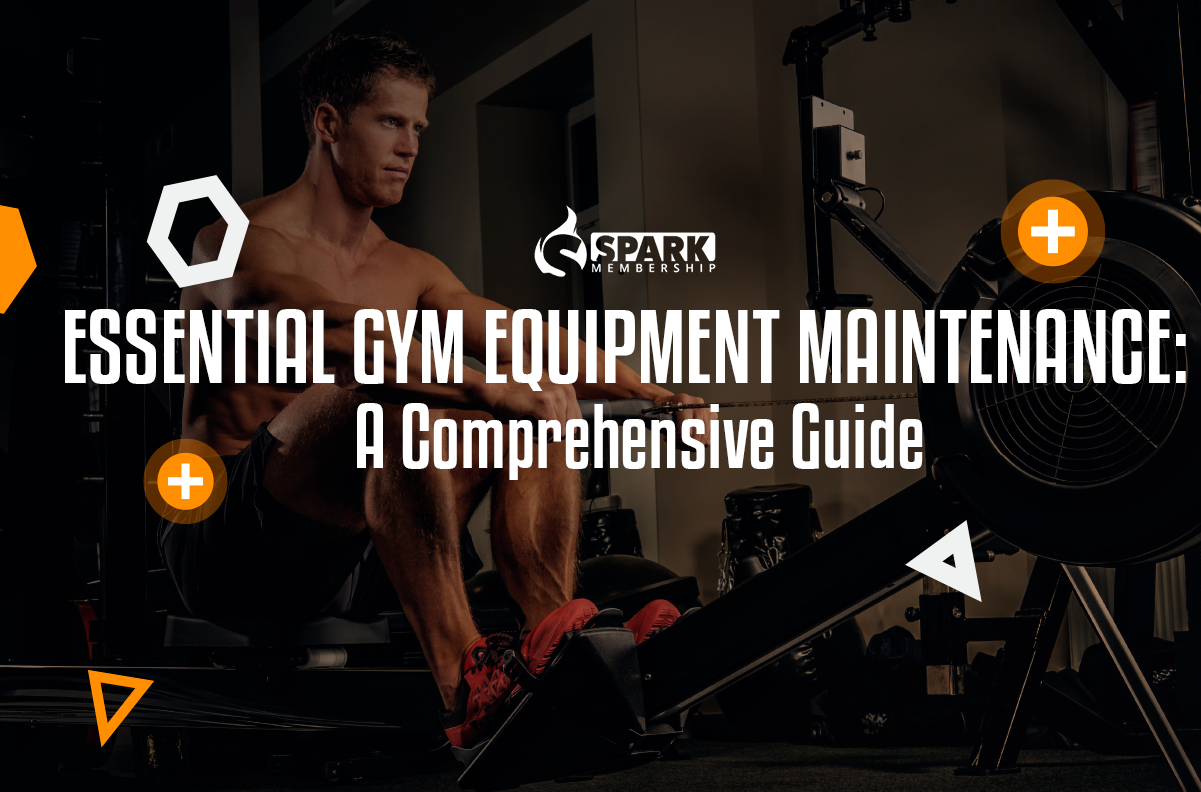
Keeping gym equipment in top shape is not just about preserving its aesthetic appeal—it’s a crucial part of ensuring safety and maximizing the equipment’s lifespan. This guide will provide actionable insights into how you can maintain your gym equipment, whether you’re a gym owner, a fitness trainer, or a home gym enthusiast.
The Importance of Gym Equipment Maintenance
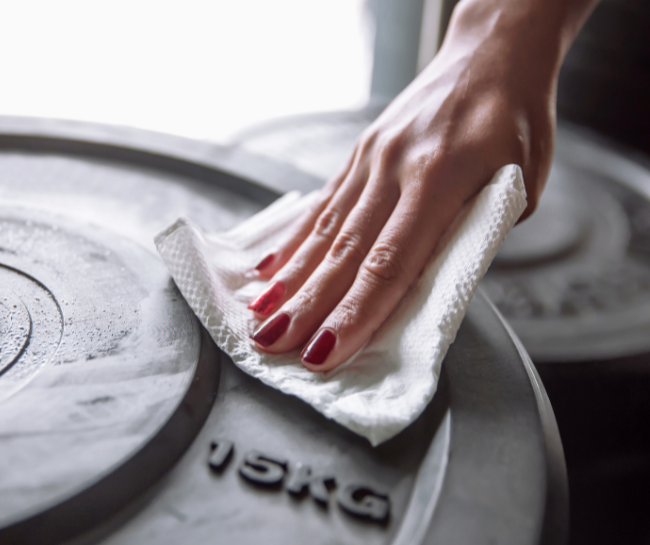
The regular maintenance of gym equipment is a crucial aspect that often goes overlooked. However, its importance cannot be overstated. Here’s why:
- Safety: First and foremost, well-maintained gym equipment is safer to use. Regular checks can help identify any faults or wear and tear that could potentially lead to accidents or injuries.
- Lifespan: Regular maintenance can significantly extend the lifespan of your gym equipment. By keeping it clean and promptly addressing any issues, you can prevent premature wear and tear.
- Performance: Well-maintained equipment performs better. It operates more smoothly and accurately, ensuring that users can exercise effectively and without interruption.
- Savings: Although there may be some cost involved in maintaining gym equipment, it can lead to significant savings in the long run. It’s often cheaper to address minor issues or replace small parts than to replace an entire machine due to major faults.
- User Satisfaction: For gym owners, well-maintained equipment can lead to higher user satisfaction. Customers appreciate a clean, well-functioning gym, and are more likely to continue their memberships if they see that the equipment is regularly serviced and kept in good condition.
💡By understanding the importance of gym equipment maintenance, you can ensure a safe, efficient, and enjoyable workout environment.
Types of Gym Equipment and Their Maintenance Needs
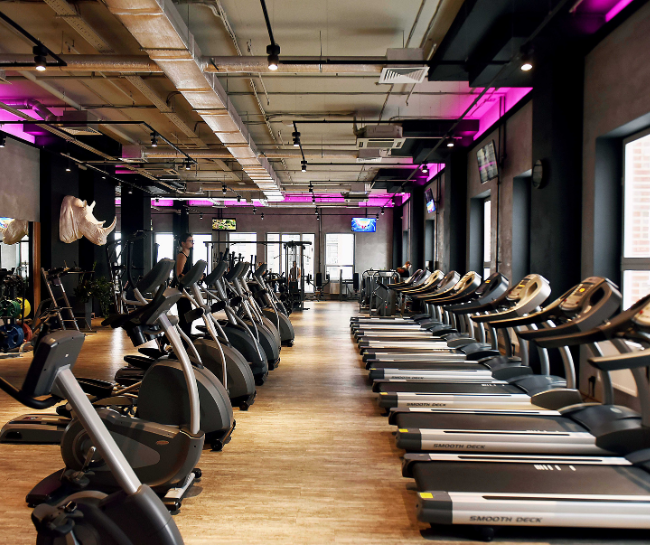
Different types of gym equipment have unique maintenance needs. Here’s a brief overview:
- Treadmills: Treadmills require regular lubrication to keep the belt running smoothly. They also need periodic inspection of the motor and electrical components.
- Exercise bikes: Exercise bikes should be inspected for loose screws and bolts, and the chains should be lubricated regularly.
- Elliptical trainers: Elliptical trainers need regular lubrication of moving parts, and the pedals and hand grips should be checked for secure attachment.
Step-by-Step Guide to Regular Gym Equipment Inspection
The regular inspection of gym equipment is a preventive measure that can help avoid serious problems down the line. Here’s a detailed step-by-step guide:
- Visual Inspection
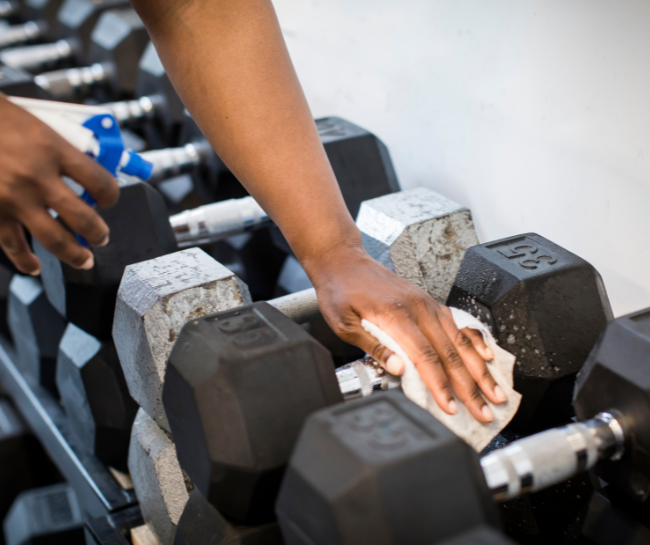
Start with a visual inspection of the equipment. Look for any visible signs of wear or damage, such as frayed cables, cracked weights, or torn upholstery. Check the stability of the equipment by ensuring there are no wobbly parts, loose screws, or bolts.
- Functional Test
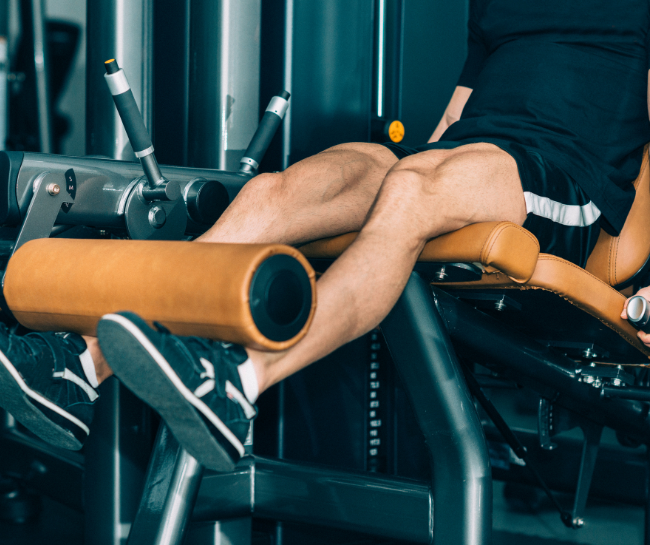
Next, perform a functional test of the equipment. This involves using the equipment for a short period to ensure it operates smoothly. Listen for any unusual noises that could indicate a problem.
- Component Check

This involves checking the specific components of each piece of equipment. For example:
- For cardio machines like treadmills or ellipticals, check the belts for any signs of fraying or cracks. The control panels should also be functioning correctly, with all buttons and displays working.
- For strength equipment, check the cables for fraying, and ensure the pulleys are running smoothly. If the equipment uses weights, check that they are secure and in good condition.
- Cleaning

After inspecting the equipment, clean it thoroughly to remove sweat, dirt, and dust. Not only does this help to prevent the buildup of bacteria, but it can also prevent damage to the equipment. Ensure to clean the handles, seats, and any other areas that come into contact with users.
- Lubrication
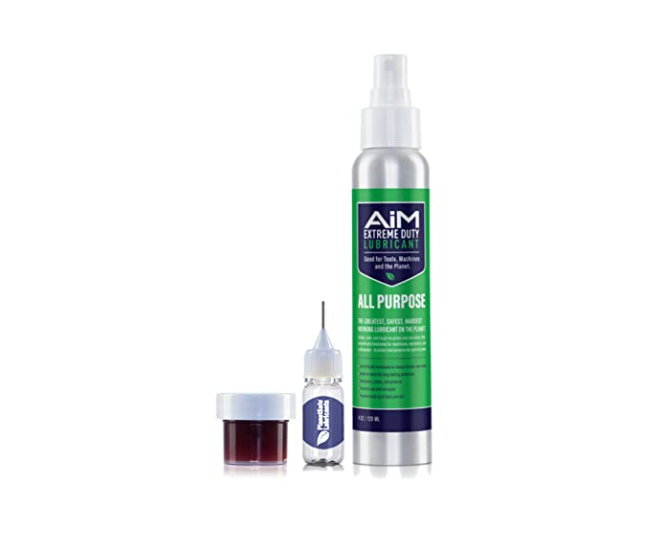
Regular lubrication is crucial for any gym equipment with moving parts, such as treadmills, ellipticals, or spinning bikes. Refer to the manufacturer’s instructions for guidance on how often to lubricate and what type of lubricant to use.
- Record Keeping
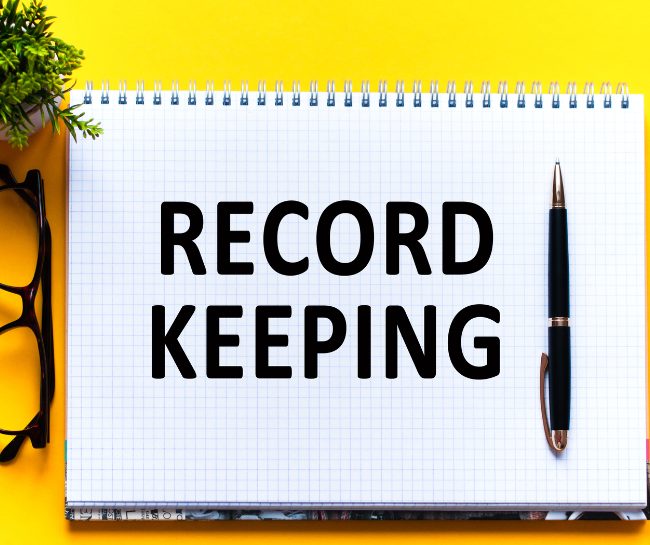
Keeping a record of your inspections can help you spot potential problems over time and provide a maintenance history for each piece of equipment. Note down any issues you find, actions taken to address them, and any observations about the equipment’s performance.
💡By following these steps, you can ensure your gym equipment remains in top condition, providing a safe and efficient workout for you or your gym members.
Tips for Preventive Maintenance of Gym Equipment
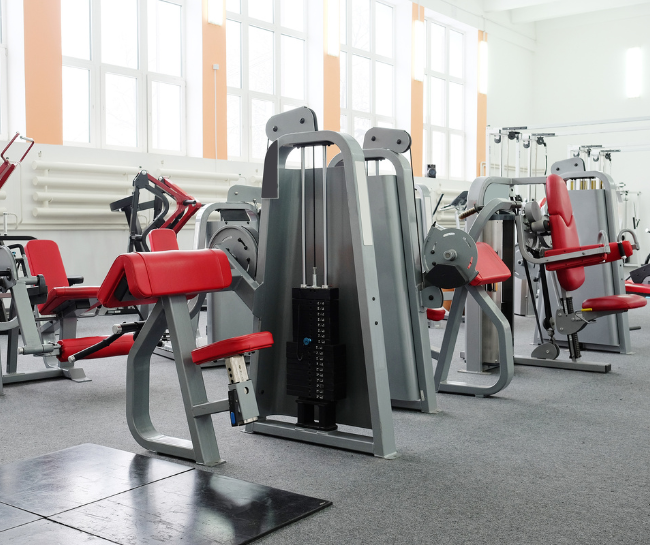
Preventive maintenance can greatly extend the life of your gym equipment. Some tips to follow:
- Ensure correct usage of all gym equipment to prevent unnecessary wear and tear.
- Incorporate regular cleaning into your routine to prevent corrosion and bacterial buildup.
- Lubricate moving parts as recommended to reduce friction and prevent wear.
- Proactively replace worn-out parts to avoid straining the rest of the machine.
- Store equipment in a clean, dry environment to prevent damage.
- Schedule regular inspections to spot and address potential issues early.
- Arrange for professional servicing as recommended by the equipment manufacturer.
When to Seek Professional Maintenance and Repair Services
While regular cleaning and inspection can be done by anyone, some maintenance tasks require professional help. If your equipment is making unusual noises, has electrical issues, or is not operating smoothly despite your maintenance efforts, it’s time to seek professional repair services.
The Impact of Regular Maintenance on Your Gym Experience

Regular maintenance can greatly improve your gym experience. Well-maintained equipment operates more smoothly, lasts longer, and is safer to use. By taking the time to maintain your gym equipment, you can enjoy more effective workouts, save money on repairs or replacements, and create a safer environment for everyone who uses the equipment.
Discover one of our blogs: “Guide to Buying Used Gym Equipment: Save Money Without Compromising Quality.” Get expert advice, insider tips, and essential considerations for purchasing pre-owned gym equipment. Plus, unleash the power of Spark Membership Software for efficient gym membership management. Read now and level up your fitness journey! 🚀💪




